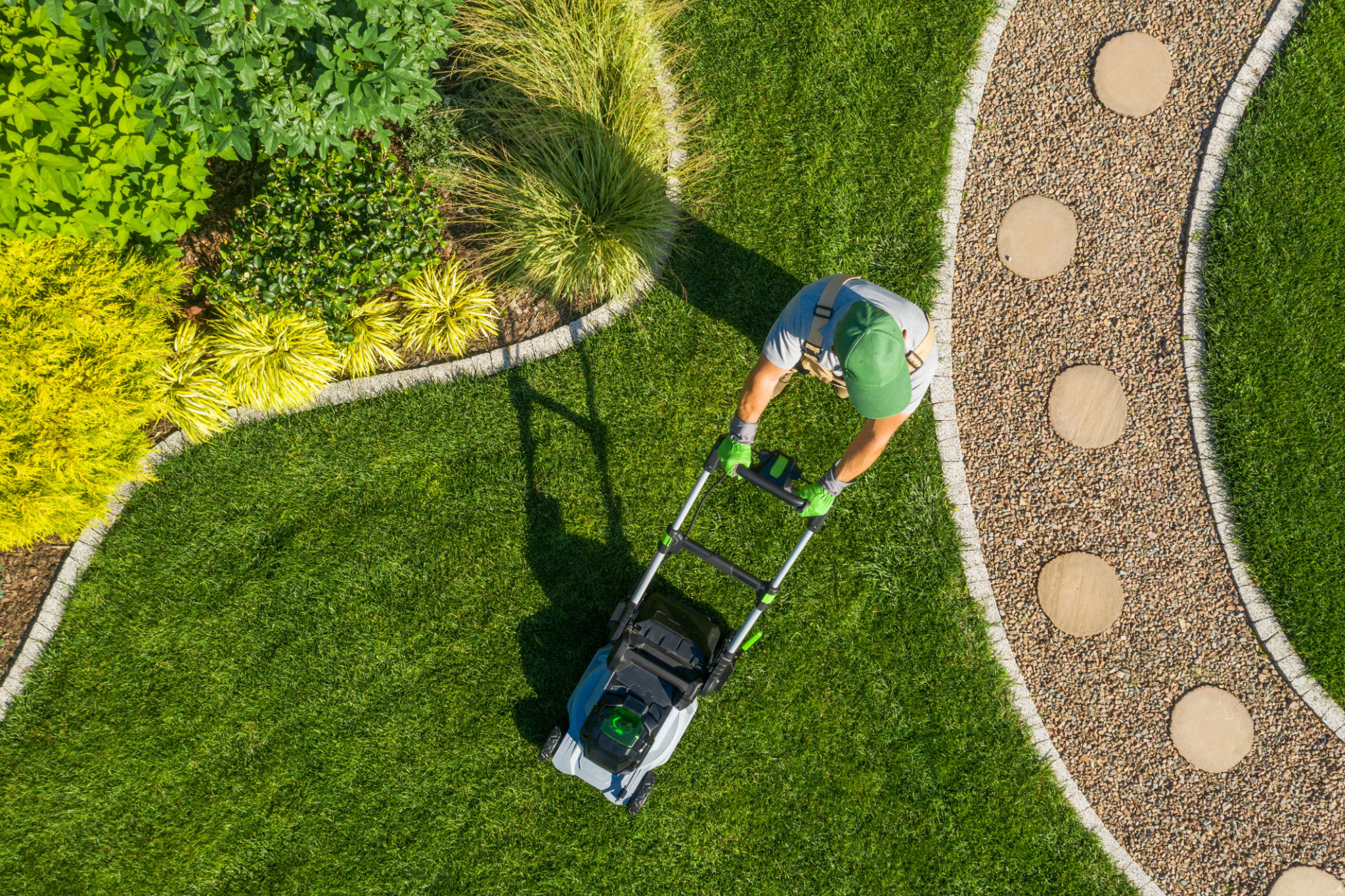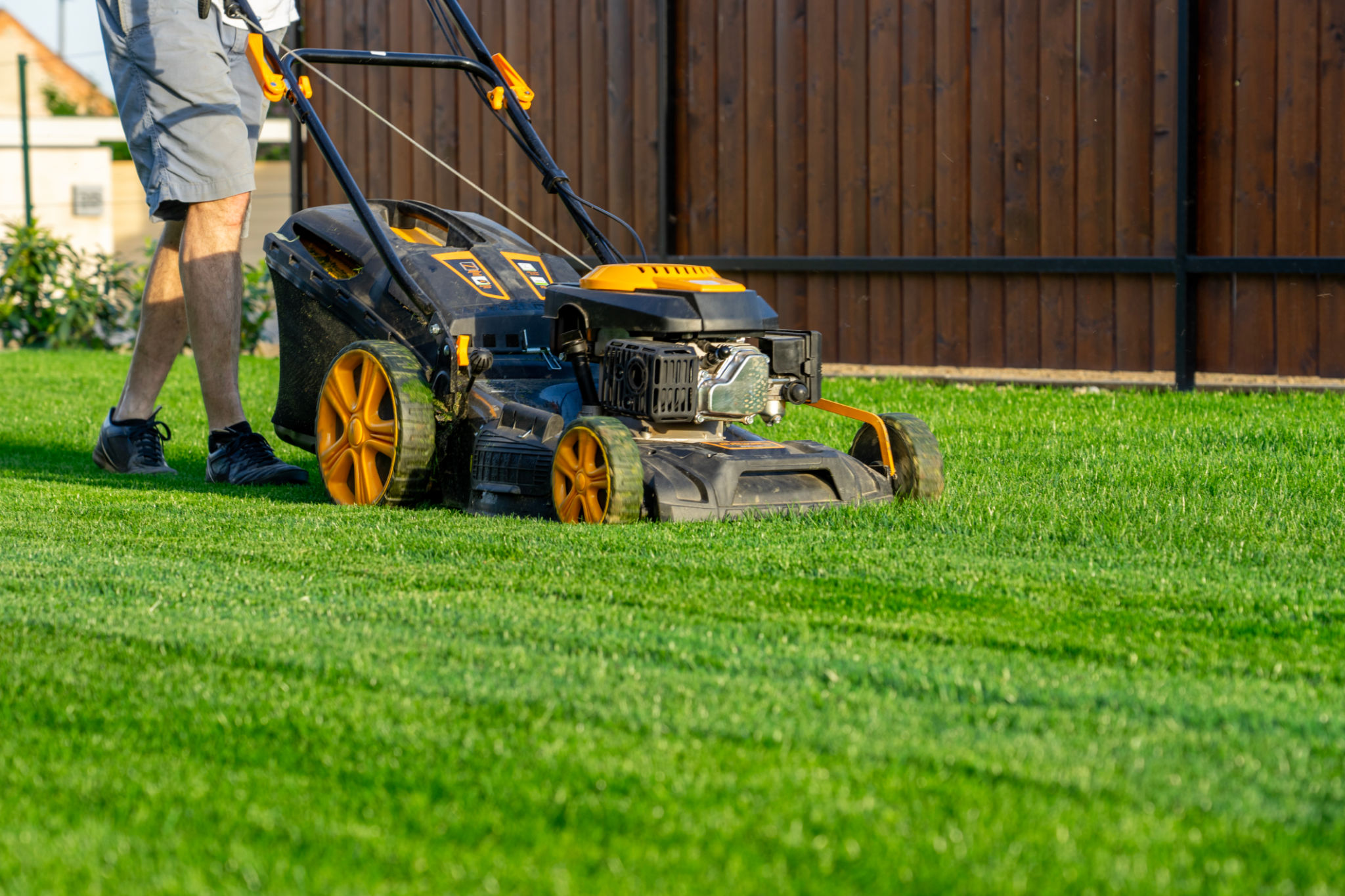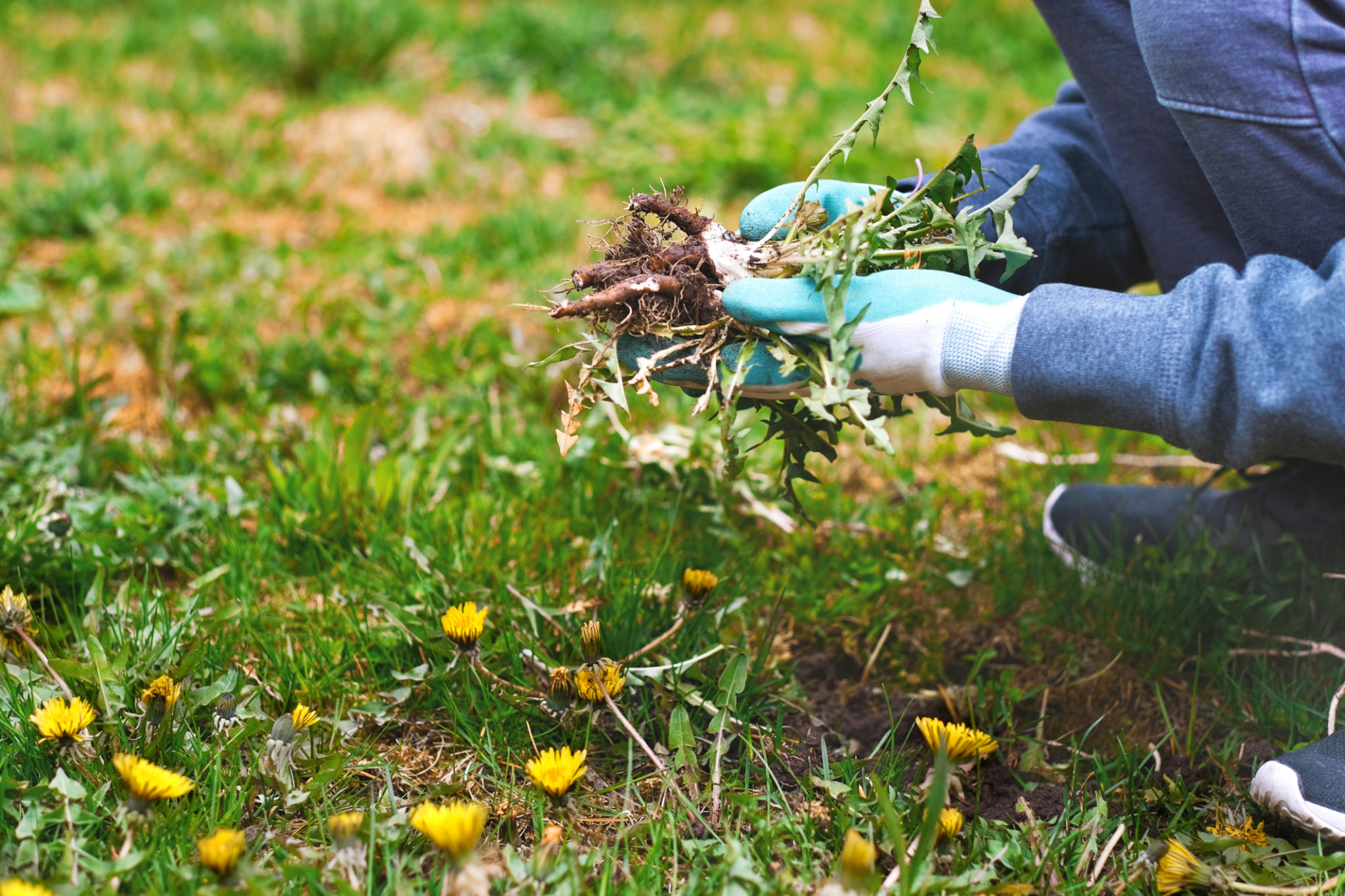Common Lawn Care Myths Debunked: Expert Advice for Texas Homeowners
Understanding Texas Lawn Care
Texas homeowners often face unique challenges when it comes to maintaining a lush, green lawn. The state's diverse climate and soil conditions can make lawn care a tricky endeavor. However, many common myths about lawn care can lead to unnecessary work or even damage. Let's debunk some of these myths with expert advice tailored specifically for Texans.

Myth 1: Watering Daily is Necessary
One of the most pervasive myths is that lawns need daily watering to thrive. In reality, overwatering can lead to shallow root systems and increased susceptibility to disease. Instead, it's best to water deeply but infrequently. Aim for about one inch of water per week, including rainfall, to encourage deep root growth that helps your lawn withstand drought conditions.
Myth 2: Fertilizer is a One-Size-Fits-All Solution
Many homeowners believe that any fertilizer will work for their lawn. However, the type of grass and the specific soil conditions in your area should dictate your choice of fertilizer. Conducting a soil test can help determine the nutrients your lawn needs. This ensures you provide the correct balance, promoting healthy growth without harming the environment.

Mowing Misconceptions
Myth 3: Cutting Grass Shorter Means Less Mowing
It might seem logical to cut your grass shorter to mow less frequently, but this can actually harm your lawn. Cutting more than one-third of the grass height at once can stress the plants, leading to brown patches and increased weed growth. It's better to keep your lawn at the recommended height for your grass type to maintain its health and appearance.
Myth 4: Grass Clippings Cause Thatch
Another common misconception is that leaving grass clippings on the lawn contributes to thatch buildup. In truth, clippings decompose quickly and add valuable nutrients back into the soil. Proper mowing practices, like keeping blades sharp and mowing when grass is dry, help prevent thatch and support a healthy lawn ecosystem.

Seasonal Lawn Care Tips
Myth 5: Summer is the Best Time for Lawn Care
While summer may seem like an obvious choice for lawn care due to increased growth, spring and fall are actually ideal times for certain tasks. Spring is perfect for aeration and fertilization as the grass starts to grow, while fall is ideal for overseeding and preparing your lawn for winter dormancy. Understanding seasonal needs will keep your lawn in top condition year-round.
Myth 6: Weeds Are Inevitable
Many believe that weeds are just a part of life when owning a lawn. However, maintaining a healthy, dense lawn through proper fertilization, watering, and mowing can significantly reduce weed invasions. Consistent care and targeted weed control measures can keep your grass weed-free, showcasing a beautiful yard.

By dispelling these common myths and applying expert advice specific to Texas lawns, homeowners can enjoy a vibrant and resilient yard. Remember, each lawn is unique and may require different strategies based on its specific conditions. With the right knowledge and practices, achieving a lush landscape is well within reach.